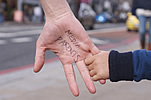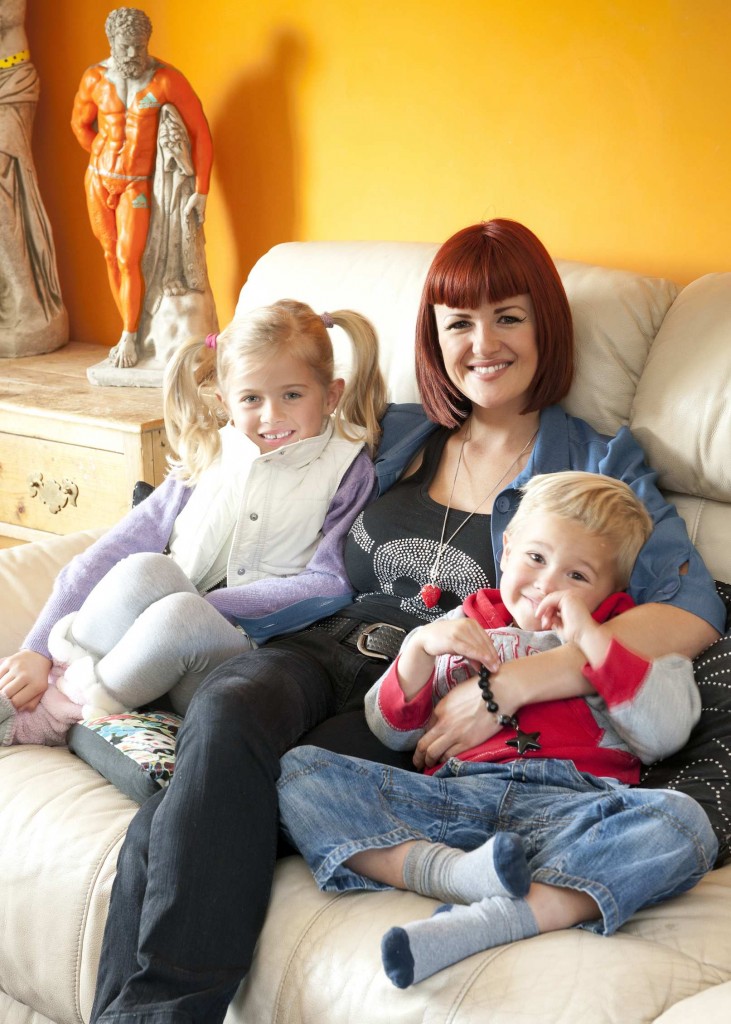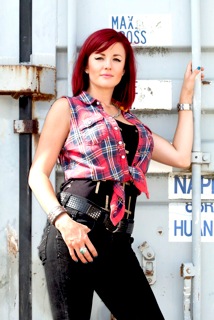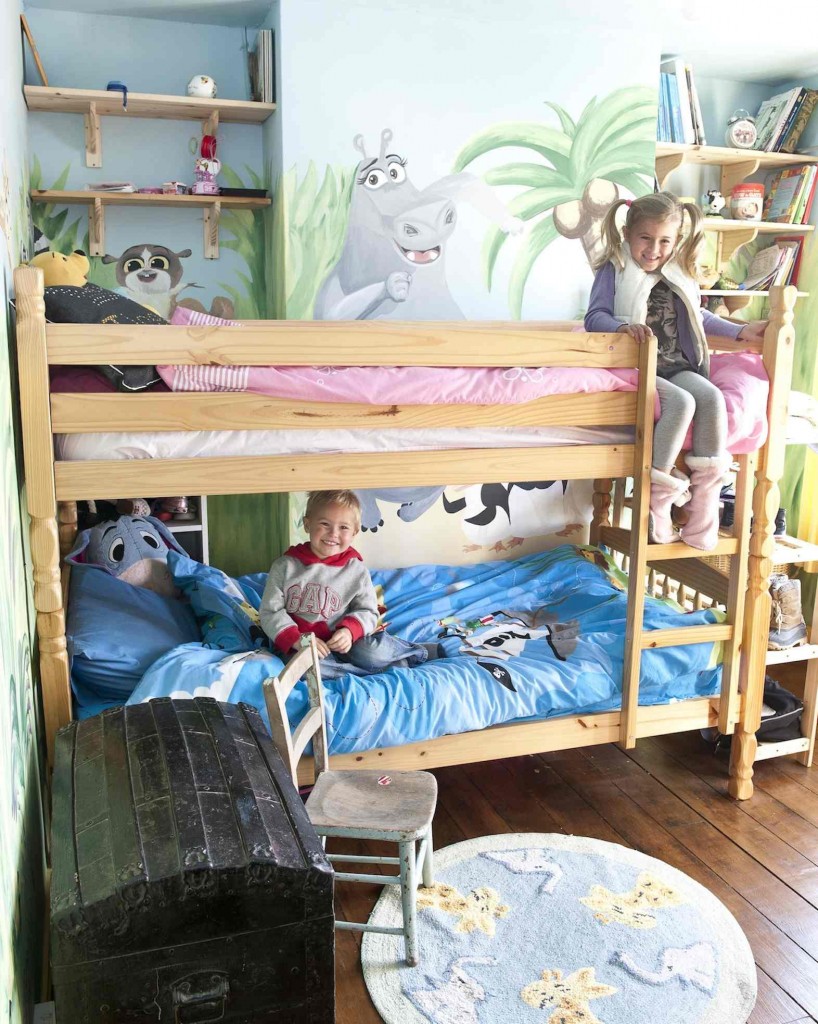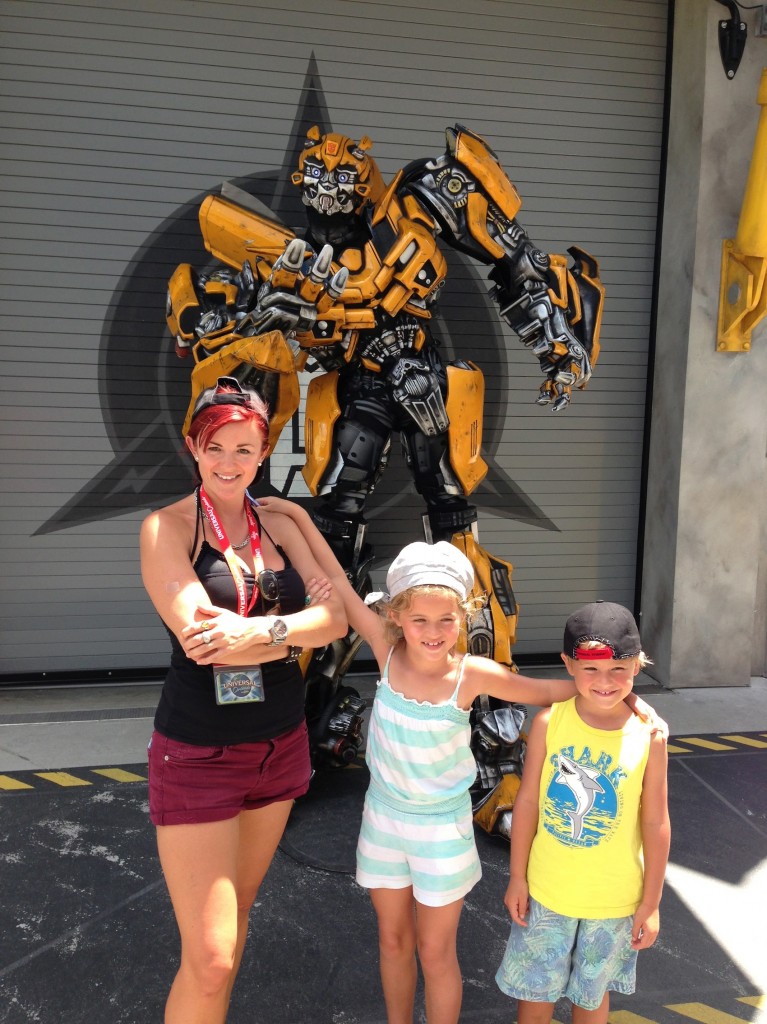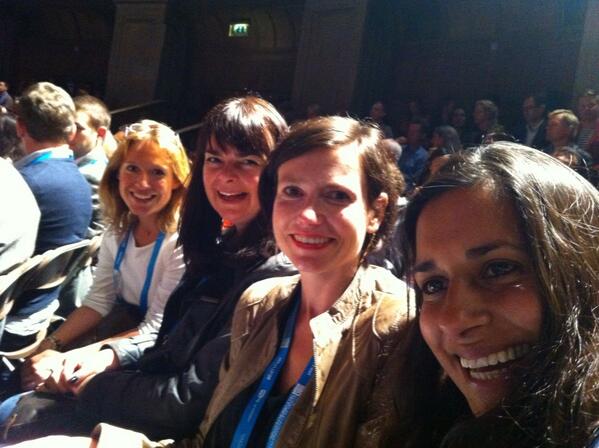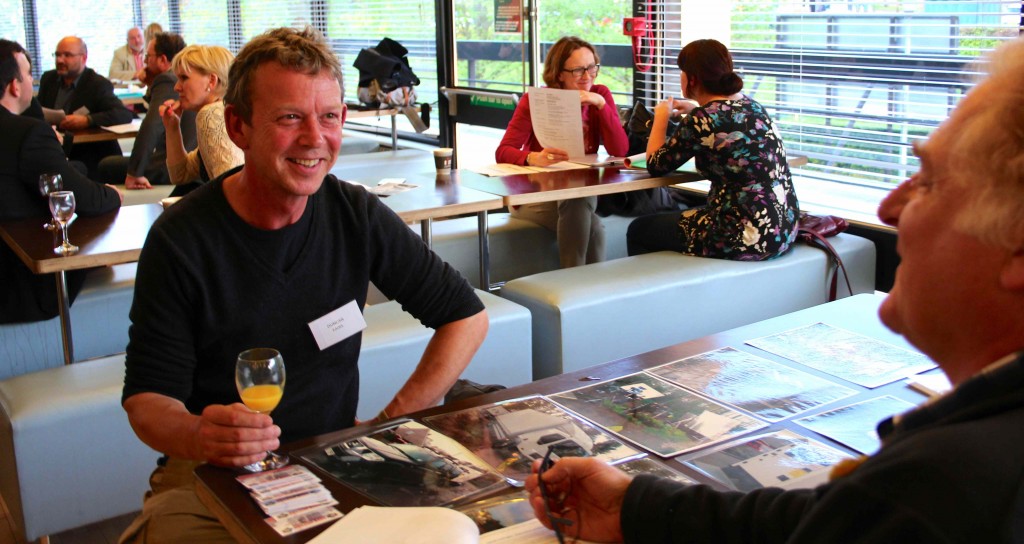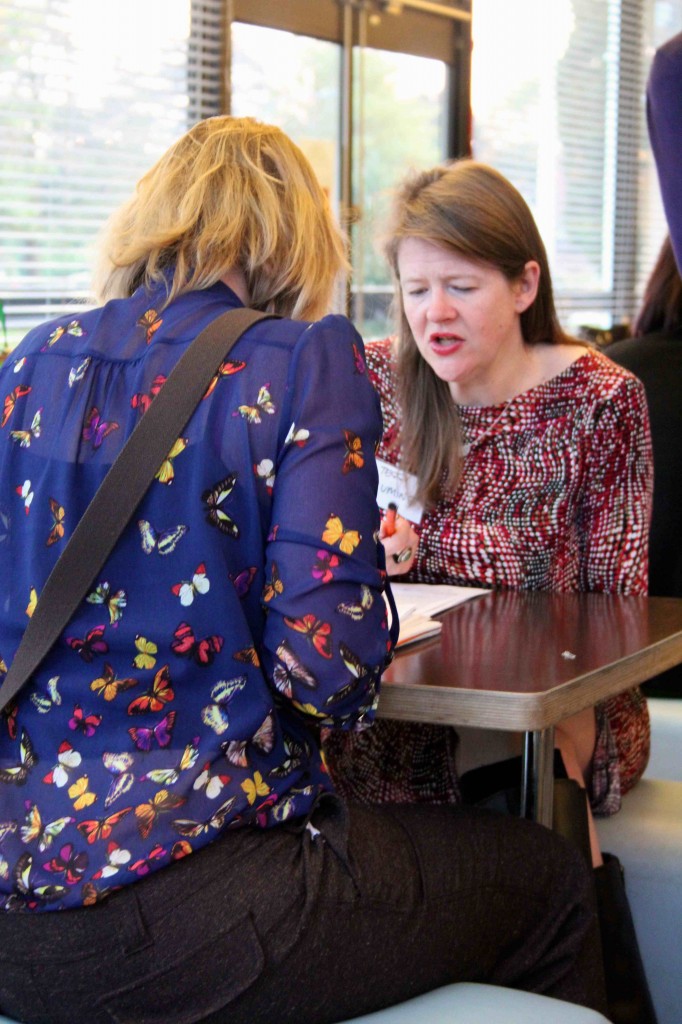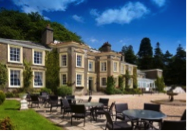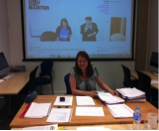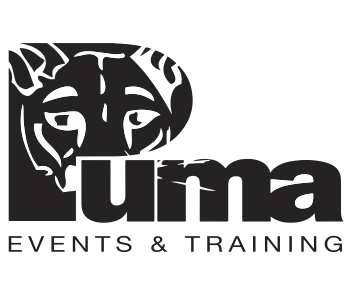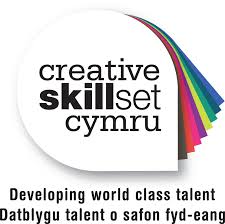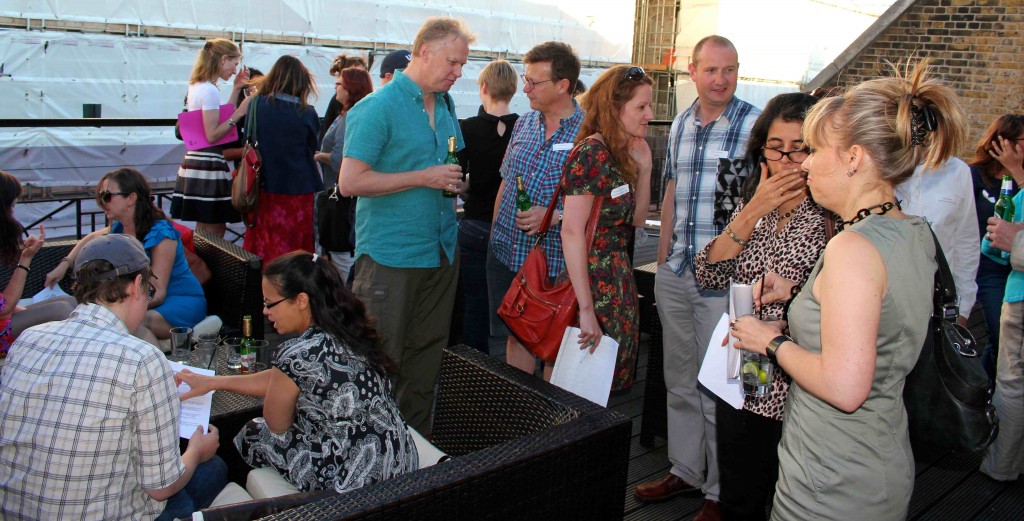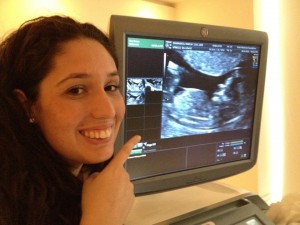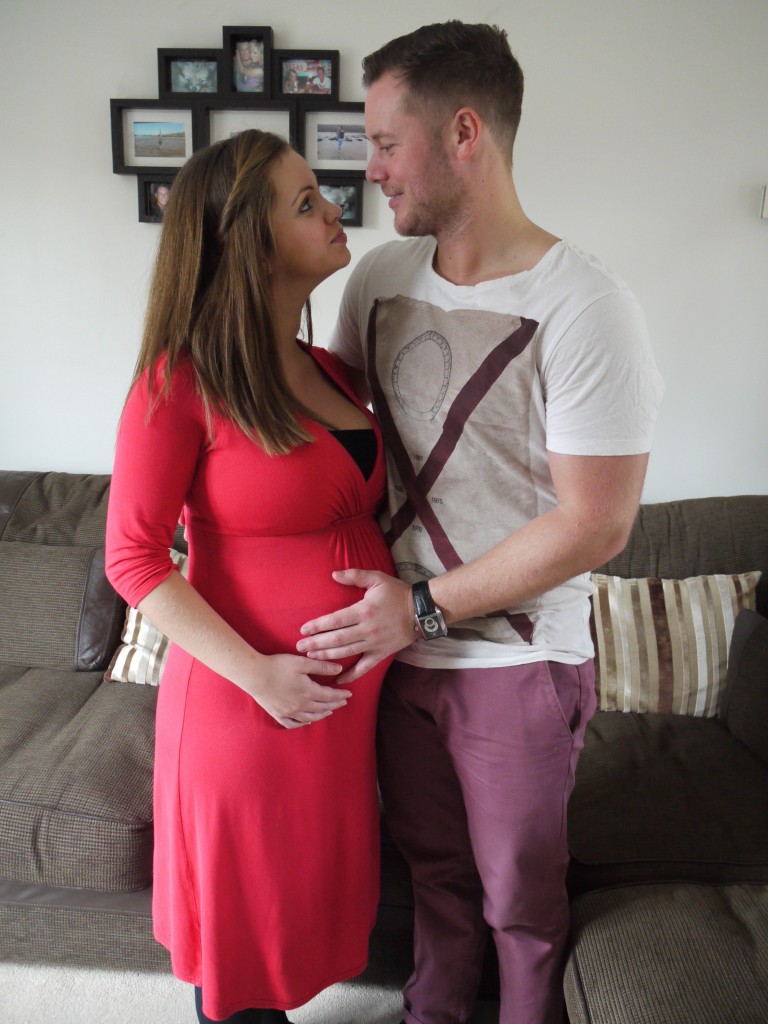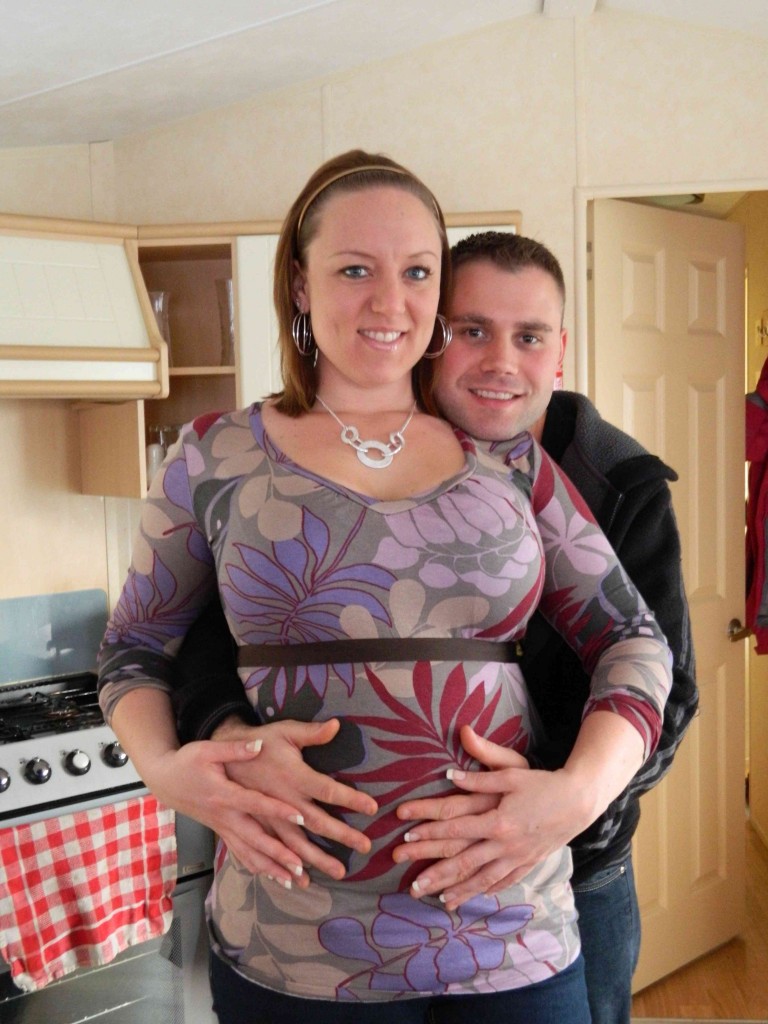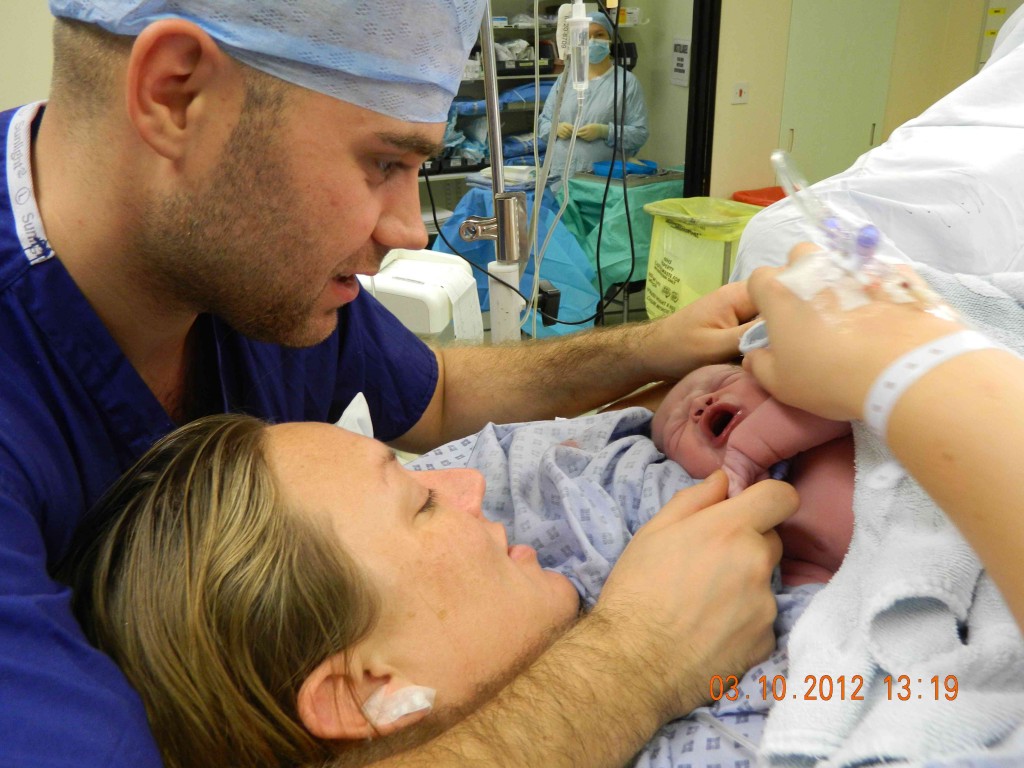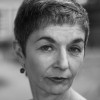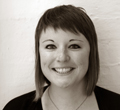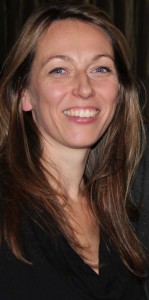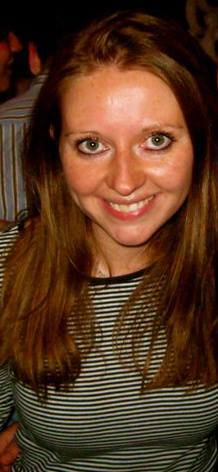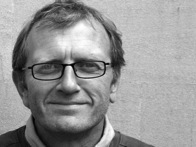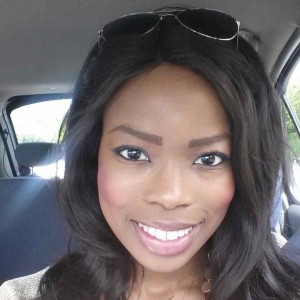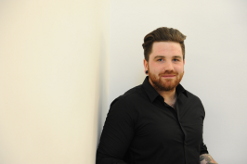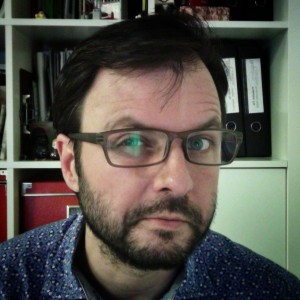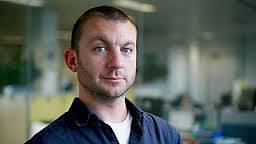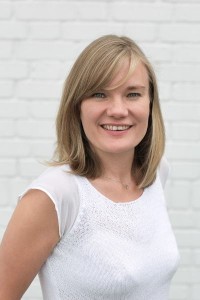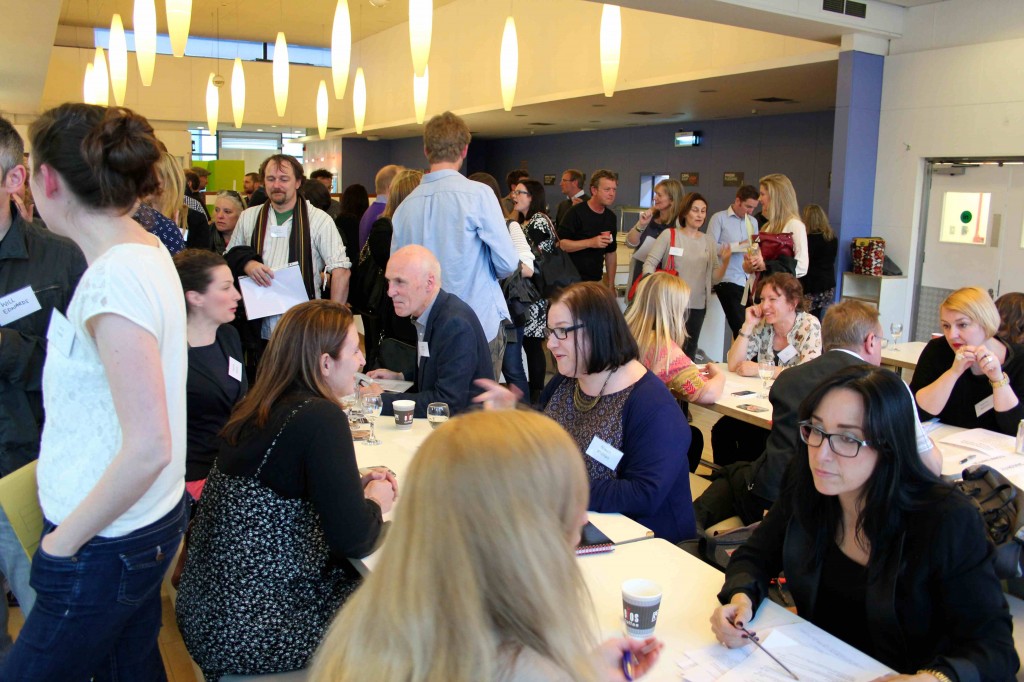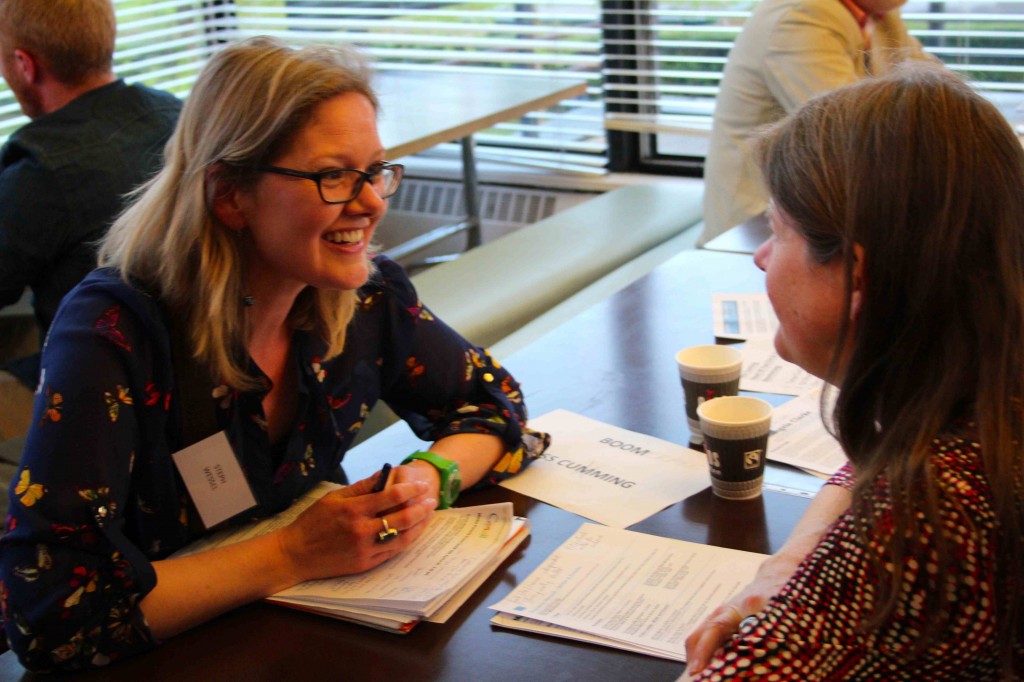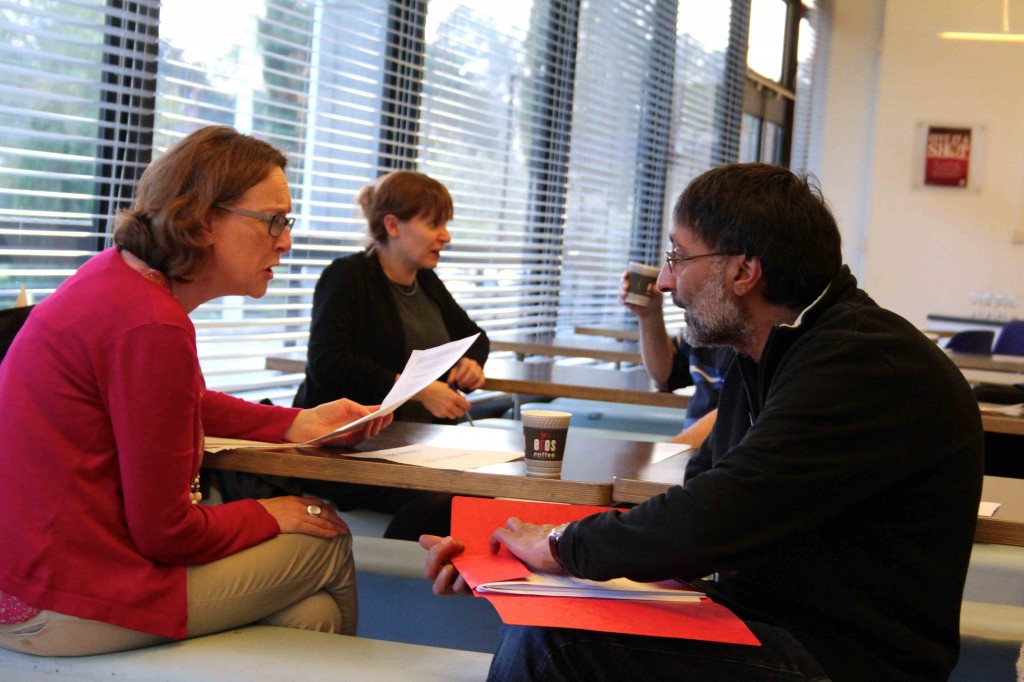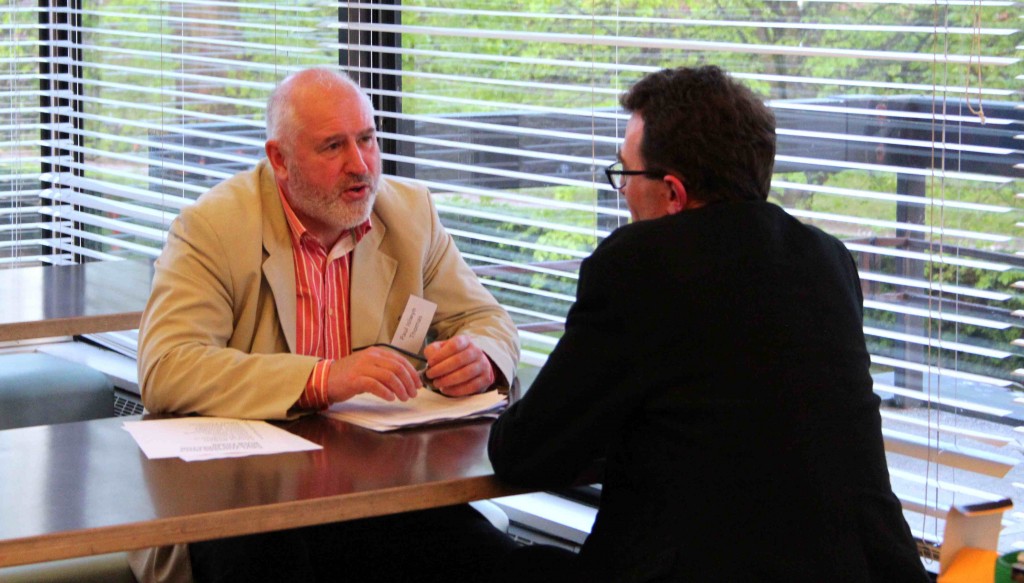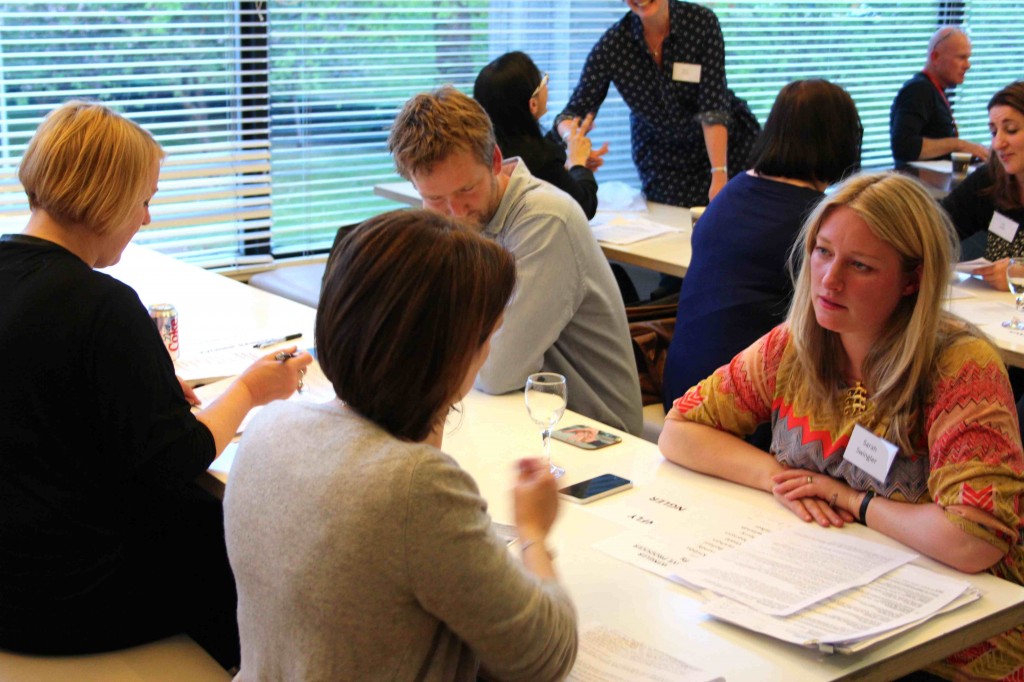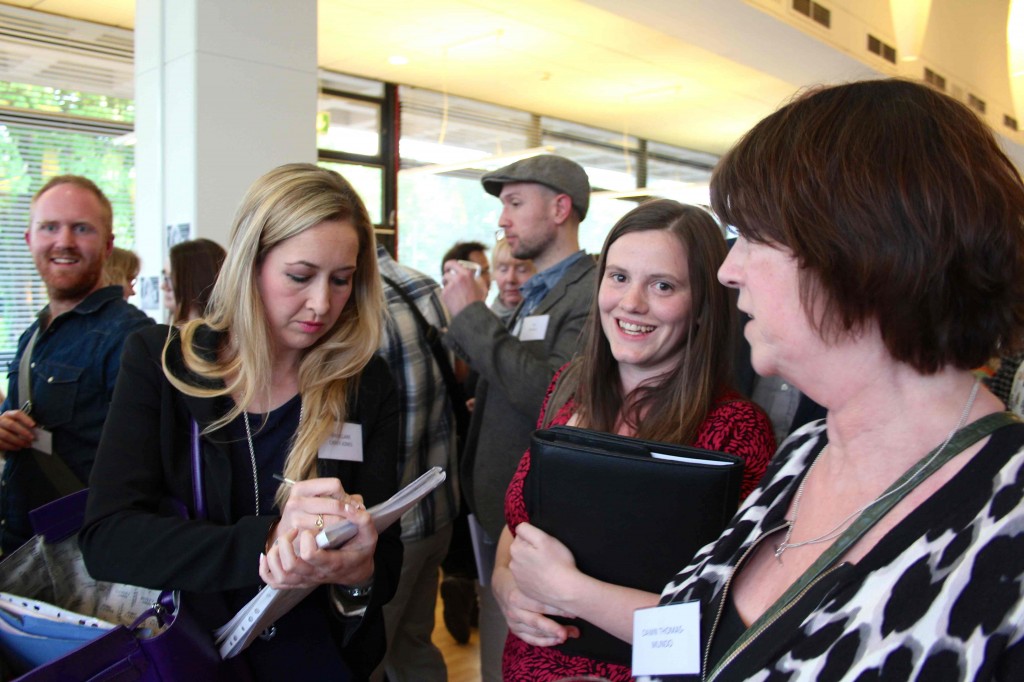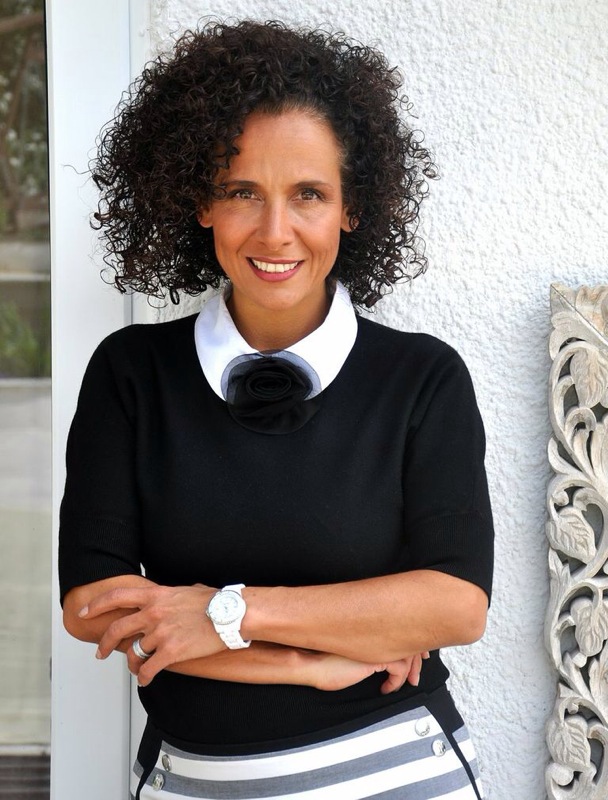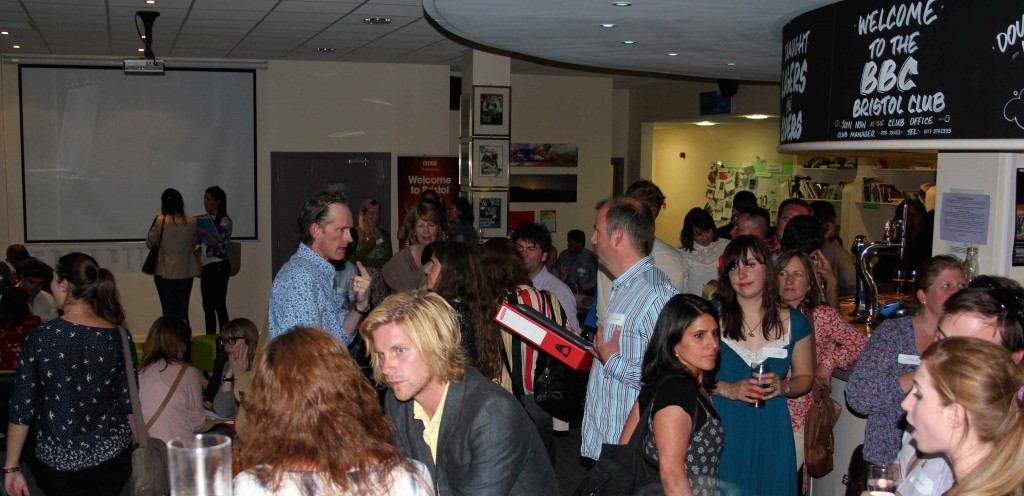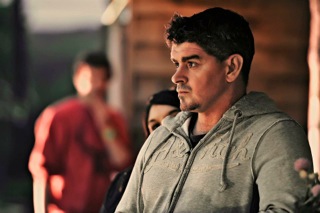5 minutes with…Charis Williams, presenter, single mum and upcyler
Charis Williams, TV presenter, designer, re-use expert and artist. Most recently on ‘Kirstie’s Fill Your House for Free’ which TXes tonight on Channel 4 at 8pm, and previously presenter, designer and salvage expert on The New Reclaimers on UKTV Home writes about combining her TV work with being a single parent.
Being a single Mum and working in TV… does it mix?
For me, in a word… yes! I have to be honest, it can be difficult at times, I have to carefully coordinate childcare, and organisation is key. Luckily my children at six and eight years old are at school, and the school runs a breakfast club and after school club which makes life a lot easier and means I can avoid the rush hour traffic. I also have a wonderful family, without my Mum I would find it near impossible to go away for a week to the opposite end of the country to film as I did for the Glasgow shop / studio filming for ‘Kirstie’s Fill Your House for Free’. You really have to know your children are with someone you trust to look after them as well as you do, especially when you are a long way from home and really under pressure. For me that means Mum is always my first port of call. I definitely owe her a trip to the Caribbean!
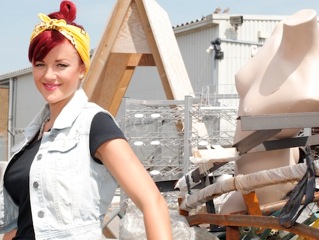
Charis Williams is currently appearing in Kirstie's Fill Your House for Free, Tuesdays at 8pm on Channel 4.
I find in my line of work there are times I am rushed off my feet and manically trying to get projects finished and pieces designed for filming, so I do feel pressure running the house, looking after the kids and working to the deadlines too. Having said that I always get the job done, I’m the type of person that gets bored without challenges. I also run two businesses – Salvage Sister, where I upcycle ‘trash’ into beautiful and unique home wares and Brighton Wall Art, which is my bespoke artwork business. I’ve set up my businesses to work around my children, I have built a workshop in my garden so I can work from home which is also close to the school.
I do feel guilty that for a few weeks I might not see the kids for their bedtime story or miss the occasional assembly. I balance this by being able to take most of their six week holiday off and work around term holidays, sometimes that means working at night when they’re in bed. I believe in spending quality time with my children when I’m with them, that doesn’t necessarily mean spending loads of cash – but taking them different places, educating them and having fun together. A lot of people are probably able to spend more time with their kids, I believe in quality over quantity.
Whatever job you do, if you have children there is always a juggling act and a feeling of guilt – that inevitably comes with Motherhood. And it is difficult being the only parent – there is more pressure on you as you are being mother and father and providing for your children alone. I believe it is important for your children to see you working hard to support them and make a good home and life for them, they learn by example after all. I learnt so much from my parents, my mother has incredible drive and energy and my father is very talented, and able to teach himself anything. I didn’t really appreciate these qualities growing up – I don’t suppose children do until they have faced their own battles. Now I have children of my own I really respect how hard they worked and the ethics they instilled in me. It is extremely important that learning starts at home and we pass on what we have learnt to our children rather than expecting them to learn everything at school.
I do know that without my children I wouldn’t have the same need to succeed, and my tenacious attitude and competitiveness which drives me. Before I had children I felt a little lost and not sure how to reach my goals – they have given me a reason to fight for things that I want. I want my kids to grow up knowing Mum never gives up and always tries her best, I want the best for them and to be a good role model for them. I’m at a place in my life now where I feel I have everything in place, I’m at my happiest and looking forward to the future. Although it can be a challenge, it’s never boring! I’m lucky to have such amazing, healthy children to share my life with and I’m working in an industry I love and meeting talented, like-minded people all the time.
Charis Williams AKA The Salvage Sister
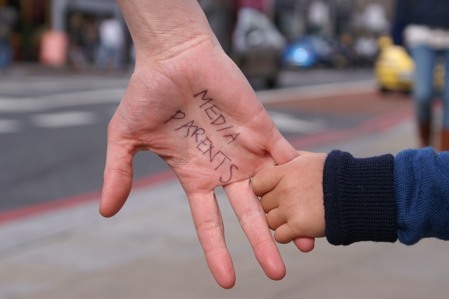
Media Parents has launched its GEITF Back to Work Scheme, please join www.mediaparents.co.uk and scroll down our blog for details.
